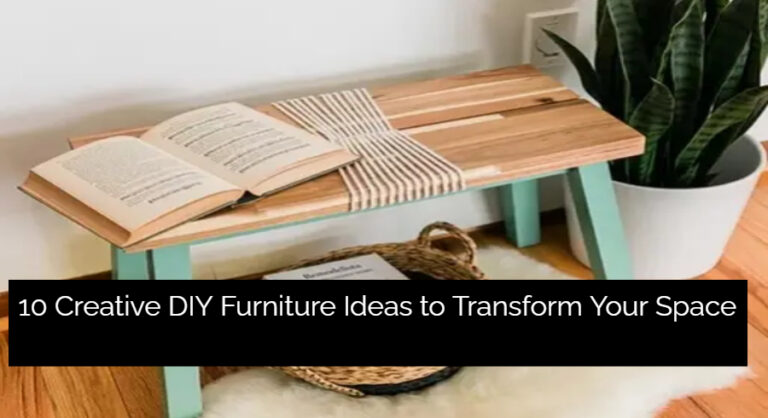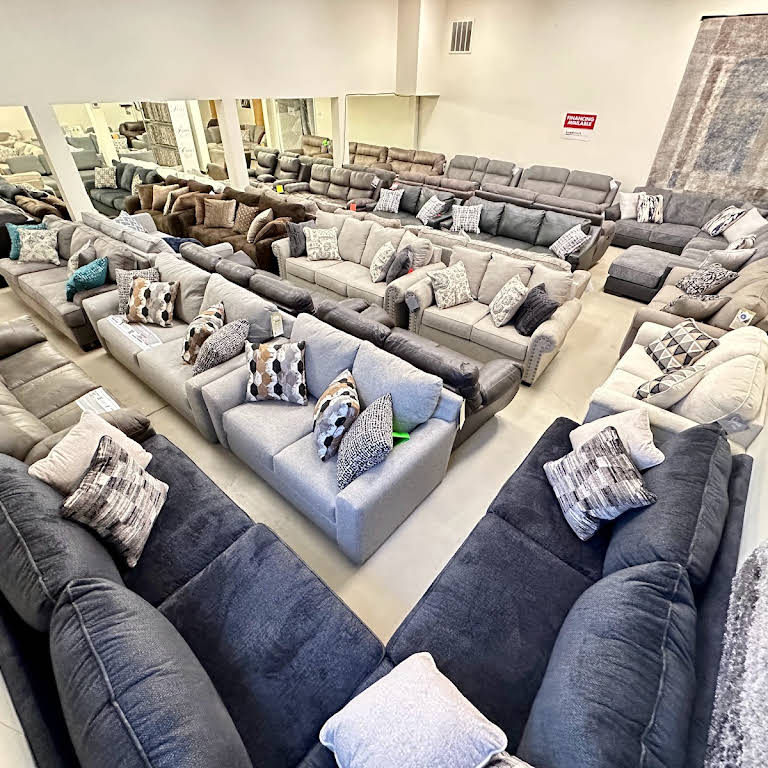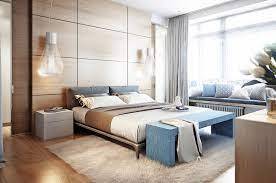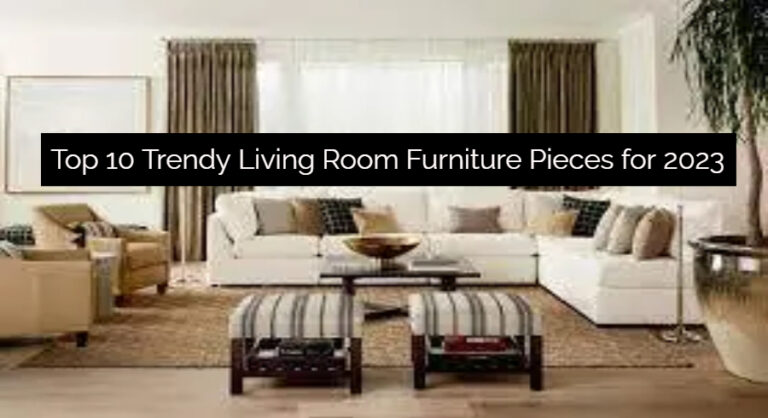How to Mix and Match Furniture Styles for a Unique and Eclectic Look
Table of contents
Introduction:
Creating a unique and eclectic look in your home can be a fun and creative way to showcase your personal style. One effective approach is to mix and match furniture styles, combining different design elements to create a harmonious yet distinctive space. In this blog, we will guide you through the process of mixing and matching furniture styles to achieve a truly unique and eclectic aesthetic. Let’s dive in!
Understand your style preferences
Before embarking on mixing and matching furniture styles, it’s important to have a clear understanding of your own style preferences. Take some time to explore different design styles and identify the elements that resonate with you. Whether it’s modern, vintage, rustic, or a combination, having a foundation of personal style will help guide your choices.
Identify key furniture pieces
Start by identifying the key furniture pieces that will serve as focal points in the room. These can include a sofa, dining table, or bed. Choose pieces that you absolutely love and that reflect your desired style. These anchor pieces will provide a framework for the rest of your design.
Mix contrasting styles
One of the keys to achieving an eclectic look is to mix contrasting furniture styles. Pairing pieces from different eras or design movements can create a visually interesting and dynamic space. For example, combine a sleek modern sofa with a vintage-inspired coffee table or mix mid-century chairs with a contemporary dining table.
Establish a color palette
A cohesive color palette is essential when mixing and matching furniture styles. Choose a primary color or two and incorporate them throughout the room. This will help tie together the different furniture pieces and create a unified look. Consider using accent colors to add pops of interest and draw attention to specific pieces.
Pay attention to scale and proportions
When mixing furniture styles, it’s crucial to consider scale and proportions. Ensure that the sizes of the different pieces are complementary and that they fit well within the overall space. A balanced combination of larger and smaller items will create a visually pleasing arrangement.
Layer textures and patterns
Adding textures and patterns is another way to enhance the eclectic feel of a space. Mix different materials such as wood, metal, and fabric to create visual interest. Experiment with patterns, such as geometric prints or floral motifs, in your upholstery, pillows, or rugs. The combination of textures and patterns will add depth and richness to your design.
Create cohesion with accessories
Accessories play a vital role in tying together different furniture styles. Choose decorative items such as artwork, lamps, and vases that complement the overall aesthetic. Additionally, layering rugs and incorporating textiles like curtains or throw blankets can help create cohesion and bridge the different furniture pieces.
Conclusion:
Mixing and matching furniture styles can be a delightful adventure that allows you to express your creativity and create a unique and eclectic look in your home. By understanding your style preferences, selecting key furniture pieces, and paying attention to color palettes, scale, and textures, you can successfully blend different design elements to achieve a cohesive yet visually captivating space. Embrace your individuality, experiment with different combinations, and enjoy the process of creating a home that truly reflects your personal style.
Read more 5 Things To Consider Before Buying Gaslift Beds
Buy now Stylish Furniture
FAQ’S:
To determine which furniture styles will work well together, it’s important to have a clear understanding of your own style preferences. Spend some time exploring different design styles and identifying the elements that resonate with you. Consider the overall aesthetic you want to achieve, whether it’s modern, vintage, rustic, or a combination. Once you have a foundation of personal style, look for common design elements or complementary features across different styles. For example, you might pair a sleek modern sofa with a vintage-inspired coffee table to create an interesting contrast. Trust your instincts and choose furniture pieces that you love and that reflect your desired style.
Creating a cohesive look when mixing contrasting furniture styles requires careful attention to certain aspects. First, establish a cohesive color palette by choosing a primary color or two and incorporating them throughout the room. This will help tie together the different furniture pieces. Second, pay attention to scale and proportions. Ensure that the sizes of the different pieces are complementary and that they fit well within the overall space. A balanced combination of larger and smaller items will create a visually pleasing arrangement. Third, layer textures and patterns to add depth and richness. Mix different materials such as wood, metal, and fabric, and experiment with patterns in upholstery, pillows, or rugs. Finally, use accessories strategically to create cohesion. Choose decorative items that complement the overall aesthetic and consider layering rugs or incorporating textiles like curtains or throw blankets.
Yes, you can absolutely mix more than two furniture styles together. In fact, combining multiple styles is one of the key principles of creating an eclectic look. Mixing three or more styles can add even more visual interest and depth to your space. However, it’s important to maintain a sense of balance and cohesiveness. Consider the overall theme or mood you want to convey and ensure that the different styles work well together. Pay attention to color palettes, scale, proportions, and textures to create a harmonious composition. Remember to trust your instincts and choose furniture pieces that you love and that reflect your personal style. Experiment with different combinations and have fun with the process of creating a unique and eclectic space.







